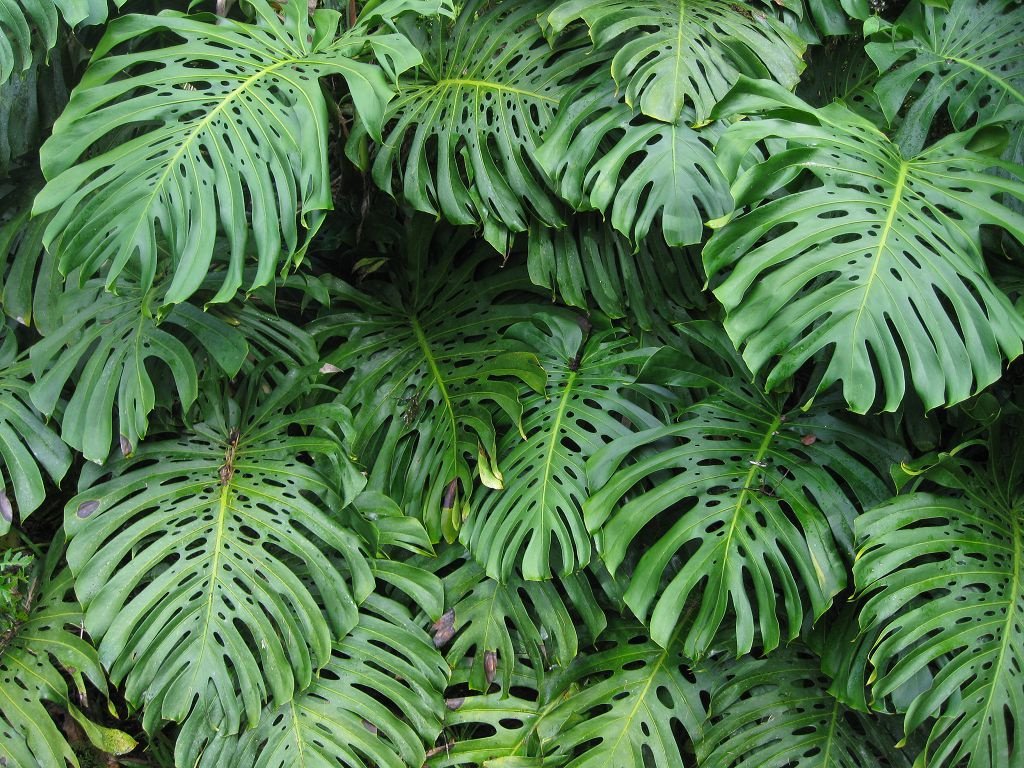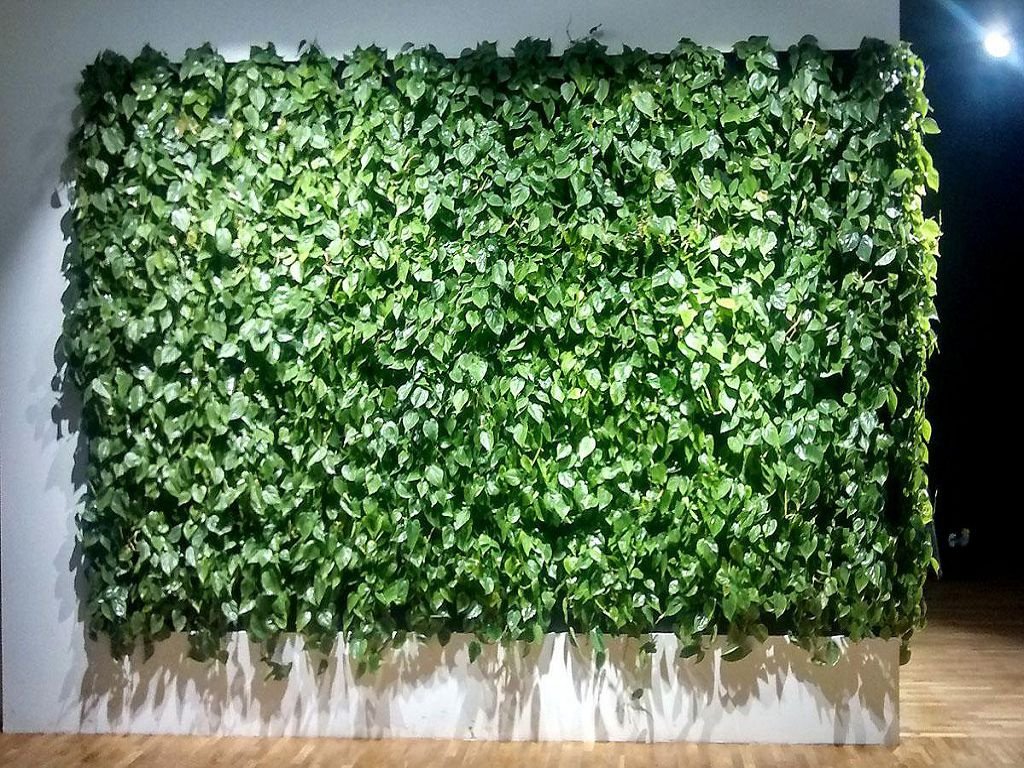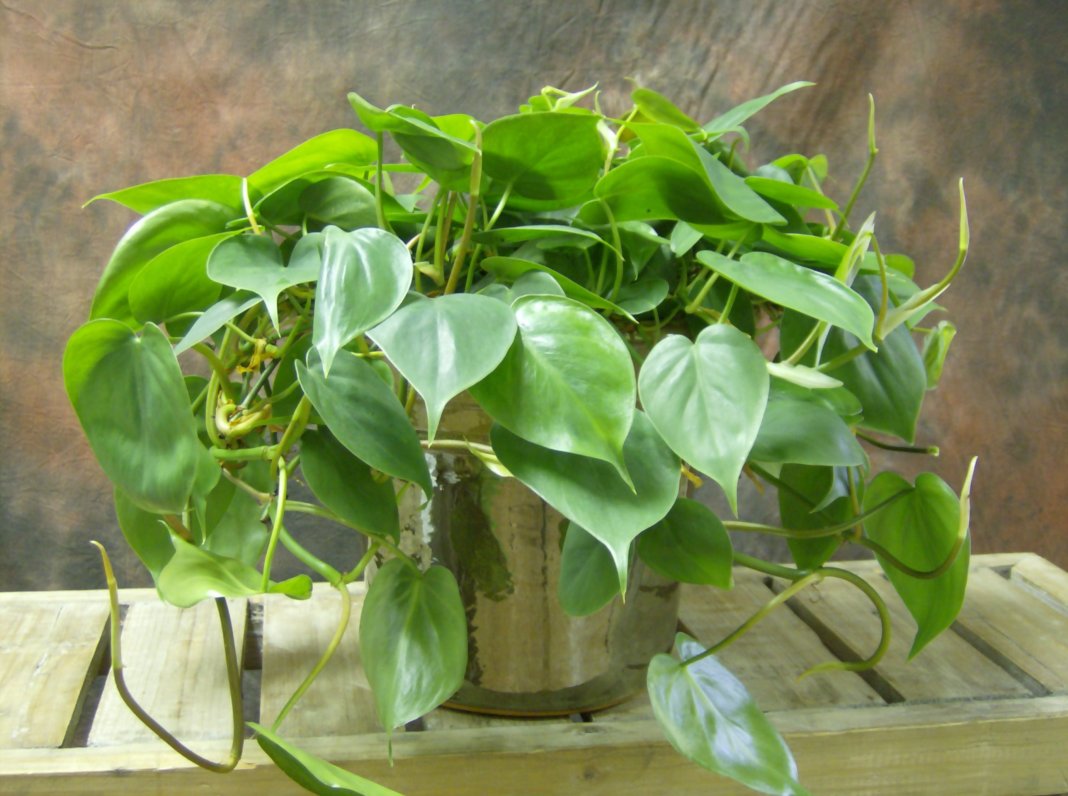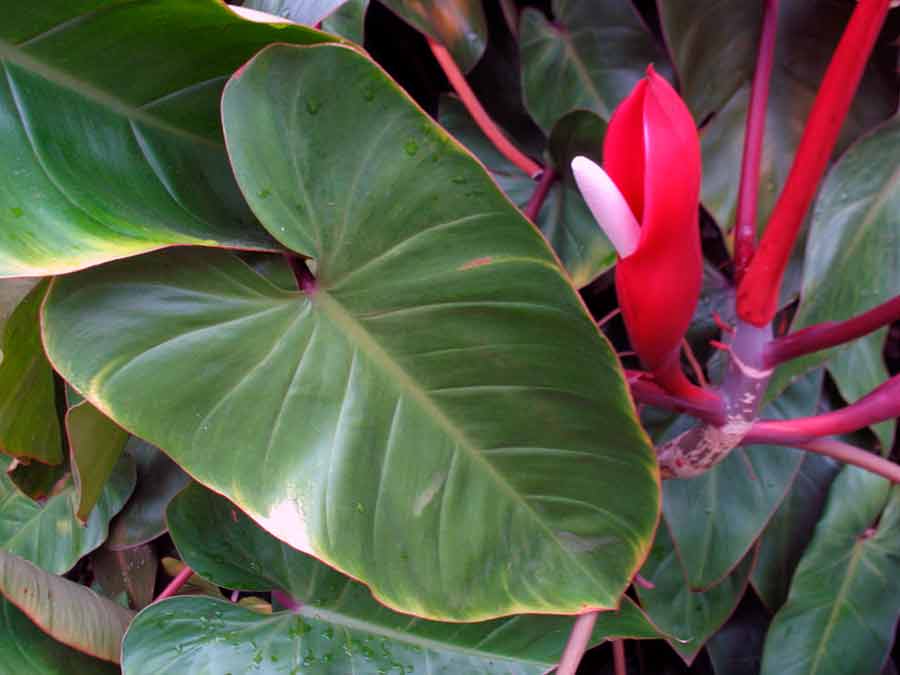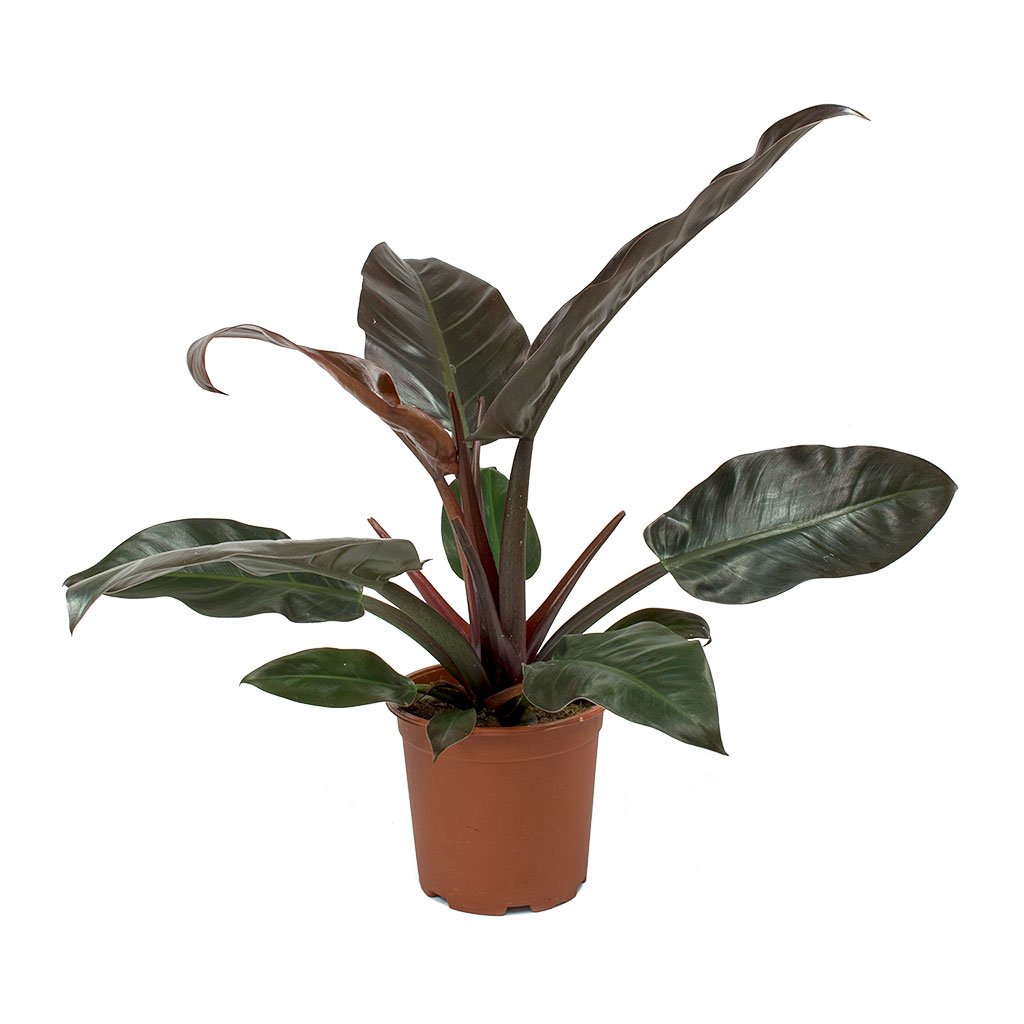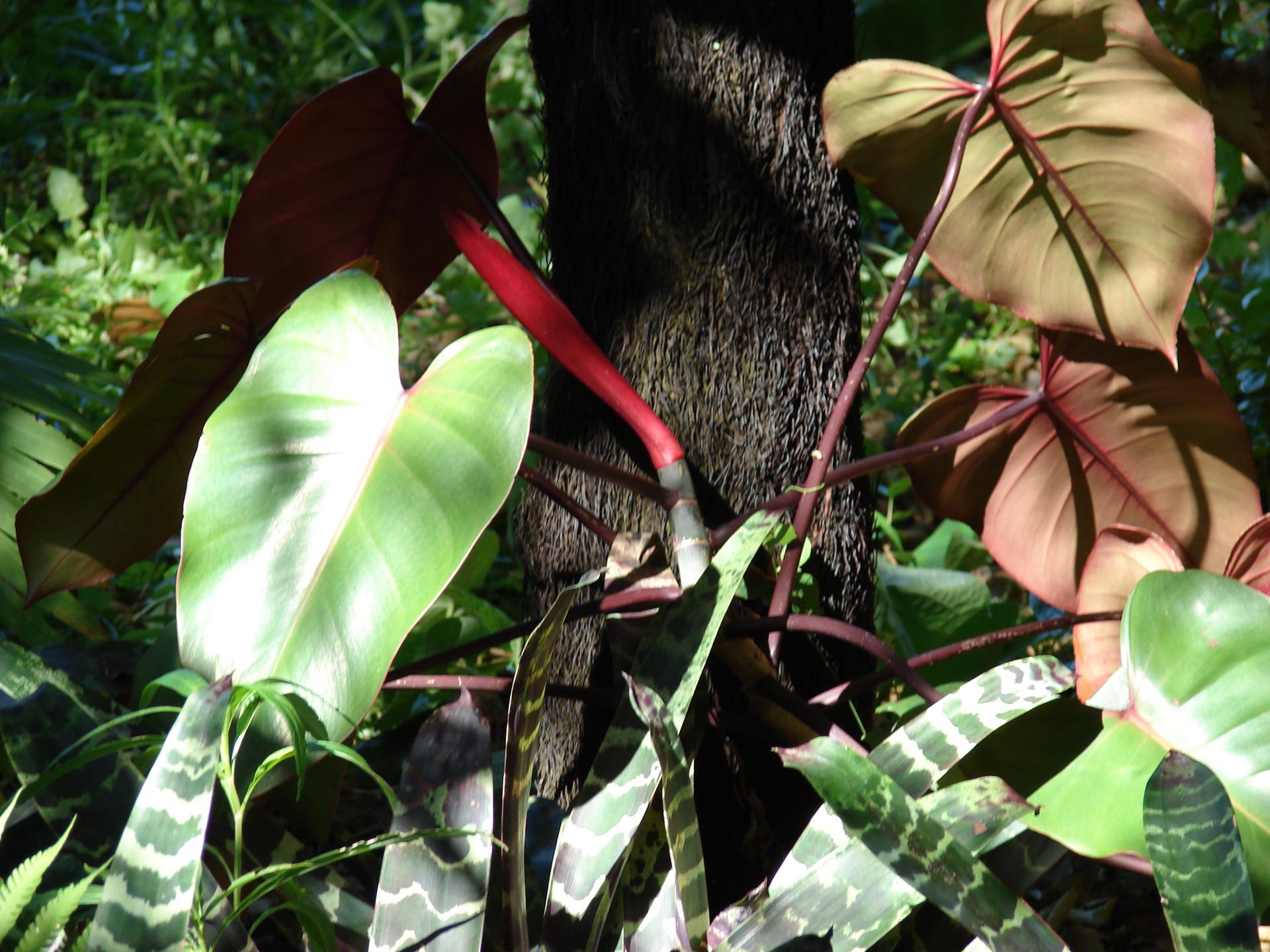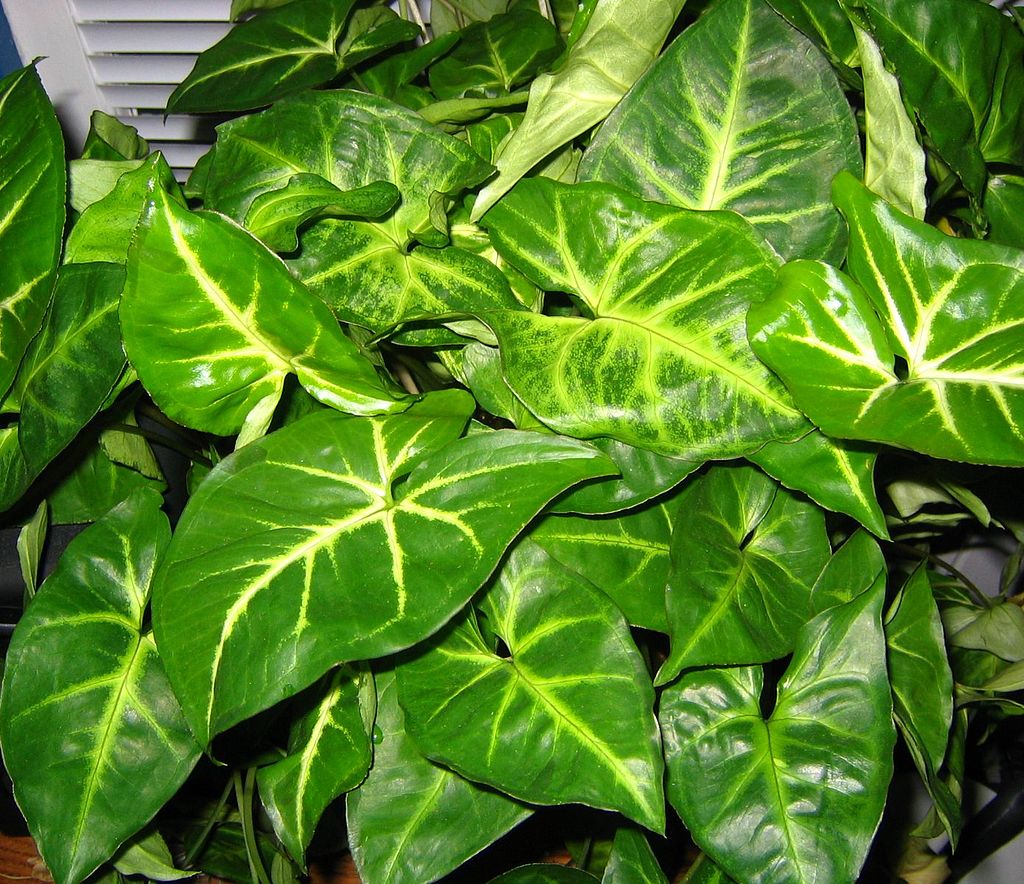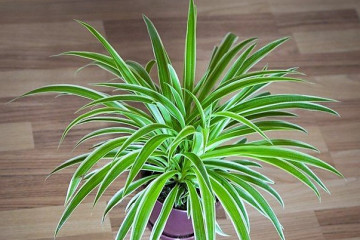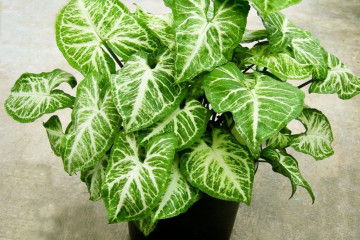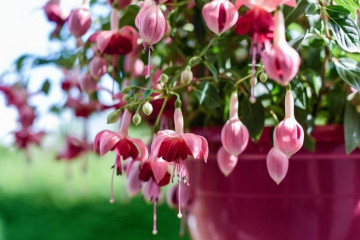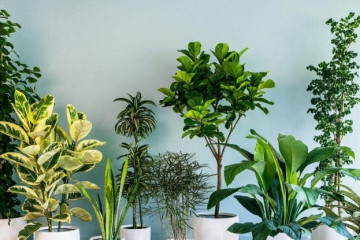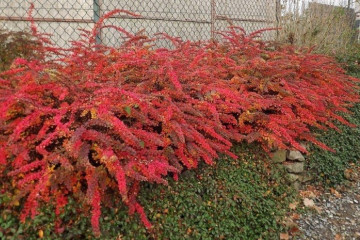Philodendron Flower Imperial Red, Jungle Boogie, Minarum, Lacerum, Imperial Green
Content:
- Philodendron flower
- Popular varieties
- Philodendron: is the plant suitable for the home
- Popular varieties
- Philodendron Skandens
- Philodendron Atom
- Philodendron Medusa
- Philodendron Burle Marx variegated
- Philodendron Cobra
- Philodendron Imperial Red
- Philodendron Jungle Boogie
- Philodendron Minarum
- Philodendron Lacerum
- Philodendron Imperial Green
- Philodendron Red Emerald
- Philodendron Mediopict
- Philodendron Silver Queen
- Philodendron Burgundy
- Philodendron White Wizard
- Philodendron Pink Princess
- Philodendron Tortum
- Philodendron heart-shaped
- Philodendron golden black
- Philodendron Giganteum variegated
- Philodendron White Knight
- Philodendron Mamey
- Philodendron Cruentum
- Philodendron Andre
- Philodendron Tripartitum
The philodendron flower is a trendy plant that fits perfectly into any decor. Such versatility is possible due to a wide variety of shapes and sizes of leaves, their color. The sizes of the plant itself can also be diverse, it all depends on the species. Florists use natural and hybrid varieties, which can be used to form compositions and green corners. Often a copy is used as a single decoration of window sills or rooms.
Philodendron flower
The plant belongs to the Aroid family. Philodendron clearly differs from other indoor flowers in its size, color and shape of the leaves.
The plant of this type is popular due to its unpretentious care and enormous size.
Description of the plant
There are many varieties of a flower, among them there are epiphytes or semi-epiphytes. Some specimens throw out an ear-flower.
If we consider the description of indoor and forest specimens, then the significant difference here is the size of the leaves and stem of the plant. Households have a small crown and leaves. And in nature, the trunk or liana can reach several meters and has huge leaves.
In the deciduous axils of each element, aerial roots develop, which are attached to the support and support the base of the plant. The most developed are such roots in lianas. Processes of this type cannot be removed, it is advisable to tie these parts up or direct them to the support.
Natural distribution area
You can find a flower in the tropical forests of South America near the floodplains of rivers, lakes and at the foothills. The name "Philodendron" is translated from Greek as "tree of love". Here the plant develops rapidly and grows to an impressive size, therefore Philodendron is unofficially called the “king of the jungle”.
Popular varieties
Sometimes the choice is difficult, but there are several options that are especially popular. The most widely grown varieties are:
- blushing;
- climbing;
- warty;
- elegant.
Although the varieties can be listed endlessly. Each category has many subspecies and varieties. Each option differs in appearance and type of sheet, its color.
Philodendron: is the plant suitable for the home
Many growers like to keep this type of house, especially if the rooms are spacious and require filling.
If the house is small, but you want to plant greenery on the windowsill, and there is no time to take care of the flower, then you can choose a variety with a small aboveground part.
Variety of species and varieties
In nature, more than 900 plant species are distinguished. Among them are herbaceous, tree-like and liana-shaped flowers. There are even more breeding varieties, each copy requires its own conditions for growing and breeding.
Benefits of Philodendron
In addition to its chic appearance, the plant has a number of useful properties that are appreciated by flower growers and botanists for their uniqueness:
- due to its vital activity, it can clean the air in the room from formaldehyde;
- the leaves have antimicrobial properties. The number of pathogens is significantly reduced;
- actively regulates indoor humidity. Produces a lot of oxygen.
Florist reviews
Many growers prefer this type of plant if you need to create a beautiful composition. Plus, experienced flower breeders emphasize that minimal care is needed, and the result of growth and development is simply magnificent.
In the minority, there are negative reviews, which indicate that the leaves can constantly turn yellow and dry. This can occur due to many reasons, but it is not difficult to eliminate them.
Popular varieties
Most often, flower growers start the following varieties:
Philodendron Skandens
It is a climbing plant with flexible stems that thrive in shade and partial shade. Liana-like processes are densely covered with heart-shaped leaves, each about 6-12 cm long. Their surface is glossy and smooth.
Philodendron Atom
A very whimsical variety. The stem of the specimen is short and erect. The leaves resemble a palm with five branches, the edges are wavy. The coloring is bright green, the texture is smooth, so the foliage has a glossy surface.
Philodendron Medusa
It is a subspecies of blushing philodendron. Leaves are dense with a yellowish tinge. This color contrasts unusually with the red stems and veins of the leaf itself.
Philodendron Burle Marx variegated
It is a ball of leaves with a stem that effectively branches. Leaves are bright green with a glossy base. The variety is unpretentious, grows quickly and multiplies easily. Perfectly fills the interior of the room with its size.
Philodendron Cobra
This is a liana, in which the stem spreads and forms a small reclining bush. The leaves are dark green in color, but on the surface there are white stripes 10-20 mm long. They reach a length of 16-25 cm. The name is derived from the similar shape of the trunk, reminiscent of a cobra stand.
Philodendron Imperial Red
It is a small bush with shortened stems and leaves growing from a single rosette. The crown is represented by heart-shaped specimens, which have a pronounced red-burgundy color. The variety is classified as a type of indoor plant with a spectacular texture.
Philodendron Jungle Boogie
It is a semi-epiphyte that has a stiff stalk with a dense structure.The crown is oval in shape with numerous cuts ending in sharp tips. The color is dark green.
Philodendron Minarum
This is a room representative, not very large. The aerial part is represented by embossed or curly leaves of bright green color.
Philodendron Lacerum
A beautiful and unusual plant. Its leaves grow straight from the ground. The plate is divided into sectors by small incisions, therefore the flower has a popular name - incised.
Philodendron Imperial Green
A small bush, on the stem of which the leaves form small rosettes. The shape resembles an oval, the structure is dense, there is a glossy sheen. Ideal for planting on a windowsill or in a small room.
Philodendron Red Emerald
It belongs to the type of blushing and is a powerful plant with oblong deciduous plates, along which there are small cuts for dividing into sectors.
Philodendron Mediopict
Refers to the raincoat variety. The color of the shoots resembles amber, which shimmers in the sun from yellow to dark green. Over time, this feature disappears. It is because of this that the second name came about - the philodendron natka sun.
Philodendron Silver Queen
A small tree-like trunk on which dense green leafy plates are located. The veins are completely absent, so the appearance is elegant.
Philodendron Burgundy
A stiff, low stem, which is formed due to leaves of medium size (10-16 cm in length). The dark green texture with a red tint makes the plant unique in comparison with other varieties of this culture.
Philodendron White Wizard
Received this name because of the unusual tricolor, which is present in the color of the aerial part: yellowish, white and light green.
Philodendron Pink Princess
It is a small bush that has slightly reddish leaves and stems. Over time, the color becomes more uniform and takes on a pinkish tint.
Philodendron Tortum
It is a bush with powerful shoots, which are paws with 12-20 limbs. It is they who form the leaf, which consists of narrow plates.
Philodendron heart-shaped
It takes the form of an ampelous plant if the crown is being formed. The aboveground part has a rich green color. Deciduous plates and stem are slightly pubescent, which improves tactile sensations.
Philodendron golden black
A distinctive feature is the size of the platinum sheet. The leaf grows up to 80 cm and has an oblong shape with a sharp tip. The veins are yellow, and the base is emerald with a transition to red.
Philodendron Giganteum variegated
The variegated version of the Giganteum variety resembles a water lily, which has spots of white and yellow colors along the entire perimeter of the plate. Outwardly it looks like a small bush. The original color is a distinctive feature of the presented specimen.
Philodendron White Knight
The plant resembles a liana, along the perimeter of which there are leaves more than 2 mm thick. The plate has an emerald color with a minimum amount of white spots around their perimeter. The length of the curly stem can reach several meters.
Philodendron Mamey
The indoor version of the philodendron is a plant with an original leaf shape. During the growing season, flowering occurs, which is a rosette with several buds.
Philodendron Cruentum
The glossy effect that the deciduous plate produces and the small size of the bushy plant delight many experienced gardeners. The leaves are green above, and purple below.
Philodendron Andre
Each leaf is about 6 cm long. Liana has a very fragile stem, which does not differ in plasticity. Effectiveness lies only in color.
Philodendron Tripartitum
A rare variety in which the aerial part is a bush. The stems come straight out of the ground, and they have leaves with three divisions right down to the base. This is where the name of the species comes from.
Domestic and wild Philodendron differ from each other only in the size of the aboveground part and the deciduous plate. There are many species and varieties of plants in nature, and even more breeding specimens. Due to the diversity of appearance and size, flower growers use this variant of the plant for interior decoration.
